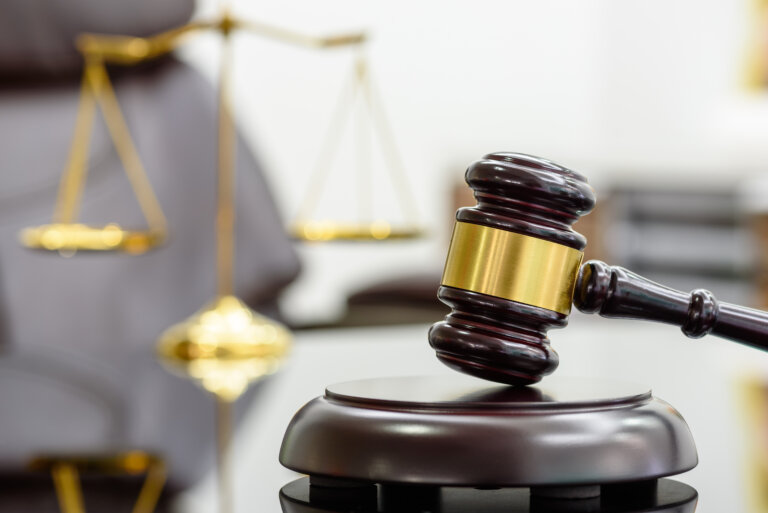Most personal injury cases are based on negligence. The third element required to prove negligence is causation. It is one of the most important legal elements of a personal injury case. However, causation can be challenging to prove without the help of an experienced Los Angeles personal injury attorney.
What is Causation in a Personal Injury Case?
Cause is the reason that something happens.
In a personal injury case, the plaintiff must prove the defendant failed to use the level of care that a reasonable person would have used in the situation. This element of a personal injury claim is referred to as negligence. The level of care varies depending on the circumstances.
Then, the plaintiff must prove the defendant’s failure to act with reasonable care caused their injuries. This element is referred to as causation. There must be a link between the defendant’s conduct and the plaintiff’s injuries to hold someone liable for damages.
What Are the Two Elements Needed to Prove Causation?
Proving causation requires that you prove factual cause and proximate cause.
Factual cause is also referred to as actual cause. We use the “but for” test to determine the actual cause. In other words, an injury would not have happened “but for” the actions of the defendant.
For example, suppose a person runs a red light and causes a crash. Running the red light would be the factual cause. In other words, the accident would not have occurred “but for” the person running the red light.
Proximate cause can be more difficult to prove. The plaintiff must prove that the defendant could have reasonably foreseen that their actions might result in another person’s injury. A defendant’s actions must substantially connect to the direct cause of the plaintiff’s injuries.
Suppose a person goes to a bar and drinks heavily throughout the evening. Then, while driving home, the person hits a pedestrian because they passed out while driving due to the alcohol they consumed. Drinking and driving would be the proximate cause because a reasonable person could have foreseen that drunk driving could lead to a car accident.
What Types of Evidence Are Used to Prove Causation for a Personal Injury Claim?
Each personal injury case is unique. Therefore, the evidence a plaintiff uses to prove causation can vary depending on the facts of the case. However, examples of evidence used to prove causation include, but are not limited to:
- Police and accident reports
- Eyewitness testimony
- Statements made by the parties involved in the case
- Reports and testimony from expert witnesses
- Photographs and videos of the accident scene
- Medical records
The plaintiff has the burden of proving all the elements of a personal injury claim, including causation. The level of proof is by a preponderance of the evidence. The plaintiff must convince a jury that there is a greater than 50% chance the defendant caused their injuries.
Schedule a Free Consultation With a Los Angeles Personal Injury Attorney
A party is not liable for damages if you cannot prove causation, even if they were negligent. An experienced Los Angeles personal injury attorney has the resources and expertise to investigate your claim and gather evidence to build a solid case against the at-fault party.
Contact our law office today to schedule a free consultation to discuss how we can help you get the money you deserve after an accident or injury.


